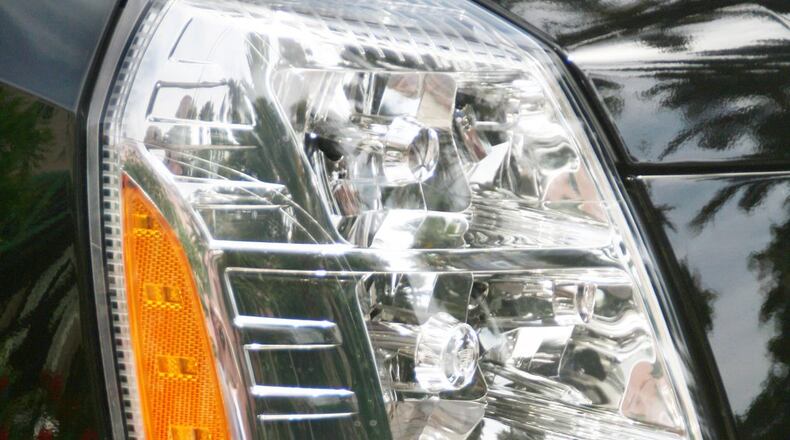RAY: Well, you’re technically correct, Steve. A headlight only has so many hours in it.
But you can say the same thing about a seatbelt. Or the lightbulb you use to get down the stairs at night. And you wouldn’t worry about the cost of using those things, would you?
Many studies have found a 5% to 10% reduction in head-on collisions when drivers use their daytime running lights during daylight hours. Presumably, headlights, being brighter, would be at least as effective, if not more.
So it’s safer. The issue is, what’s the cost? Well, there’s a small cost in fuel economy, because there’s no free energy. But it’s tiny. Less than 1% for DRLs.
What about the bulbs? Typical halogen bulbs last in the neighborhood of 1,000 hours. So if you travel at an average of 40 mph and use your headlights all the time, you’ll be replacing your bulbs every 40,000 miles or so.
For how much? About $30 a bulb. So, if you drive 13,000 miles a year, that’ll cost you $60 every three years. Or, five cents a day. If you only use your lights at night, you’ll spend about half of that, two and a half cents a day.
But if your wife gets into a head-on collision because her lights are off, the co-pay for the emergency room visit will be hundreds if not thousands of dollars. And your car insurance won’t cover the full replacement cost, so add another $5,000 there. And then, for however many weeks or months it takes your poor wife to recuperate, you’ll be doing all the cooking and dishwashing.
Even with more expensive HID headlights that some cars have (which cost a lot more but last a lot longer, too), I think the safety argument outweighs the cost.
So take the “L” here, and do your one week of chores now. And be grateful you’re able to make your wife safer for a few cents a day.
Stick with the maintenance schedule to keep Suburban moving
Dear Car Talk:
I have a 1999 Chevy Boat (aka Suburban). It has 158K miles on it, is in great condition and is now driven about 2,500 miles a year, tops. Three years ago, I transitioned to an electric Chevy Bolt for most of my driving but want to keep the Suburban.
It can’t be sold for much, and oh how useful it is when I need to do a heavy chore or a twice a year road trip. Plus, if I sell it, someone will drive it a lot and pollute a ton with it.
My question is: How do I maintain my ’99 beast for the next 20 years? Do I need to do some “special stuff” not on a list, like have the wheel bearings greased or differential fluid changed some time? Should I change the transmission fluid too? I change the oil myself and replaced the plugs at 100,000 miles.
I’m just feebly trying to save the planet. — Steve
RAY: The short answer is no, Steve. You don’t need to do anything special. Your 2,500 miles a year -- or a couple of hundred miles a month -- is actually enough to keep things lubricated and moving. So I’m not concerned about anything seizing up due to neglect or disuse.
I’d change the oil once a year or two, and I’d use a synthetic oil if you haven’t done so already. And then continue to follow the maintenance schedule. Whatever it calls for, do it. I know it stopped in the book at 100,000 miles, but use your high school math skills to figure out the intervals and apply them to your current mileage. So, if the book calls for a new air filter at 60,000 miles, you’d do that at 120,000 and 180,000, too.
Of course, random things will go wrong with it, like they will with any old heap. Your fuel pump will croak. Your exhaust system will rot. But you’ll just have to fix that stuff as it happens -- like the rest of us jamokes.
My one piece of advice would be to have an actual mechanic look it over once a year, just to notice safety-related stuff you might not see. A mechanic can put it up on a lift and let you know if a wheel bearing is about to go, if your brake lines are rotting or if your fuel line is corroding.
And by putting it on the lift, he can also check its structural integrity. If he raises the lift and it goes right through the undercarriage and up through the floorboards, that’s a sign it’s time to say goodbye, Steve.
Got a question about cars? Write to Ray in care of King Features, 628 Virginia Drive, Orlando, FL 32803, or email by visiting the Car Talk website at www.cartalk.com.
About the Author

